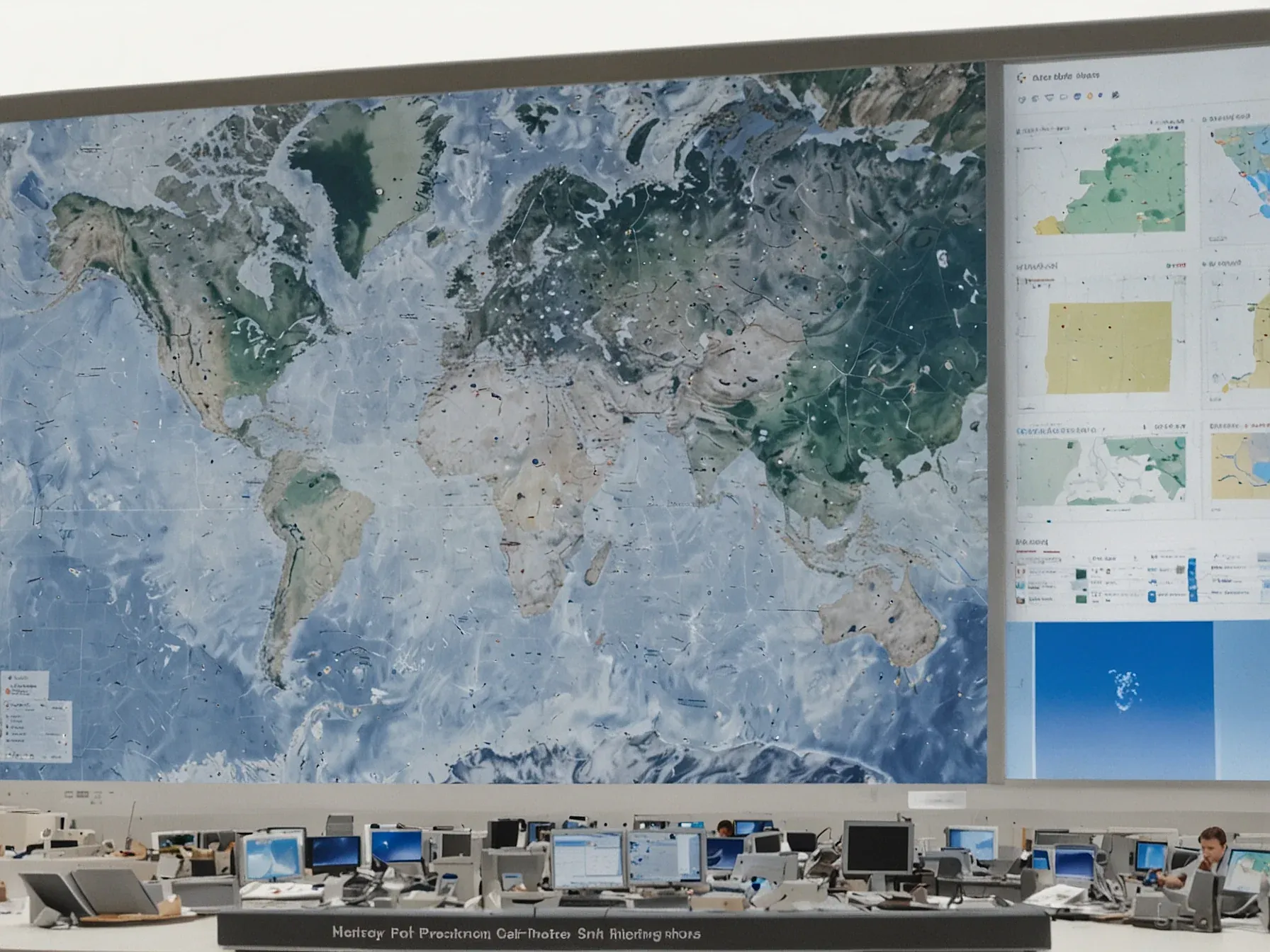
AI drives three initiatives to accelerate global action for planet protection
People are starting to use AI to turn vague climate targets into something you can actually measure. In a market that’s watching tech’s role in sustainability, three programs have popped up, each hoping to speed up global attempts to protect the planet. The idea is straightforward: data-driven insights could steer policy, rally communities, and point resources where they’re needed most.
Still, it’s hard to say how useful they are if we don’t see what’s really happening on the ground, good intentions alone aren’t enough. That’s why more groups are trying to map ecosystems, surface hidden trends, and make that info reachable for anyone online. By turning raw satellite feeds and sensor readings into visual stories, these projects try to link scientific observation with everyday action.
The hope? A framework that lets individuals, NGOs and governments see the stakes, track progress and coordinate responses better. We’re still waiting to see if the data will actually change policy, or just sit in dashboards.
---
Three ways we're accelerating global action for our planet...
Three ways we're accelerating global action for our planet We believe AI offers a tremendous opportunity to empower people everywhere to protect and restore nature. Visualizing our planet and connecting the dots You can't protect what you can't see. We're building technologies that can give everyone an unprecedented view of our planet by turning petabytes of satellite, climate and ecosystem data into a single, consistent picture of change. Our recently-launched Google Earth AI is built on decades modeling the world, combined with state of the art predictive models and Gemini's advanced reasoning capabilities, enabling enterprises, cities and nonprofits to achieve deeper understanding of our planet.
The three projects aim to turn raw data into visual maps anyone can open, tying human wellbeing to ecosystem health. The piece points out that wildlife numbers have already dropped about 73 % since 1970, and that biodiversity loss now sits among the world’s biggest risks. That backdrop makes the AI promise feel like a bet on making the invisible visible - a claim the article repeats but doesn’t back up with concrete results.
The authors argue that AI could give people everywhere a real boost, yet they haven’t shown any measurable impact so far. Trying to “visualize our planet and connect the dots” sounds reasonable, but it’s still fuzzy whether the tools will actually lead to protection or restoration on the ground. I’m left with a mix of hope and doubt; the initiative is optimistic, but the pace of environmental decline is stark.
Whether it works will likely hinge on details the report hasn’t released yet.
Common Questions Answered
What are the three initiatives described in the article that use AI to accelerate global action for planet protection?
The article outlines three distinct AI‑driven programs that turn abstract environmental goals into concrete, trackable outcomes. Each initiative focuses on converting massive satellite, climate and ecosystem data into visual maps that guide policy, mobilize communities, and allocate resources where they are needed most.
How does the recently launched Google Earth AI help visualize the planet’s environmental changes?
Google Earth AI aggregates petabytes of satellite, climate and ecosystem data into a single, consistent picture of change. By providing an unprecedented, data‑rich view of the Earth, it enables anyone to see and understand environmental trends that were previously invisible.
Which specific environmental crises does the article cite as reasons to deploy AI for biodiversity protection?
The piece highlights that wildlife populations have fallen 73% since 1970 and that biodiversity loss now ranks among the top global risks. These stark statistics underscore the urgency of using AI to make hidden ecological declines visible and actionable.
What limitations or unanswered questions does the article raise about AI’s ability to shift the tide on planet protection?
While the authors are optimistic, the article notes that concrete outcomes are not detailed, leaving the real-world impact of AI unclear. It stresses that the promise of making the invisible visible remains unproven without measurable results.




